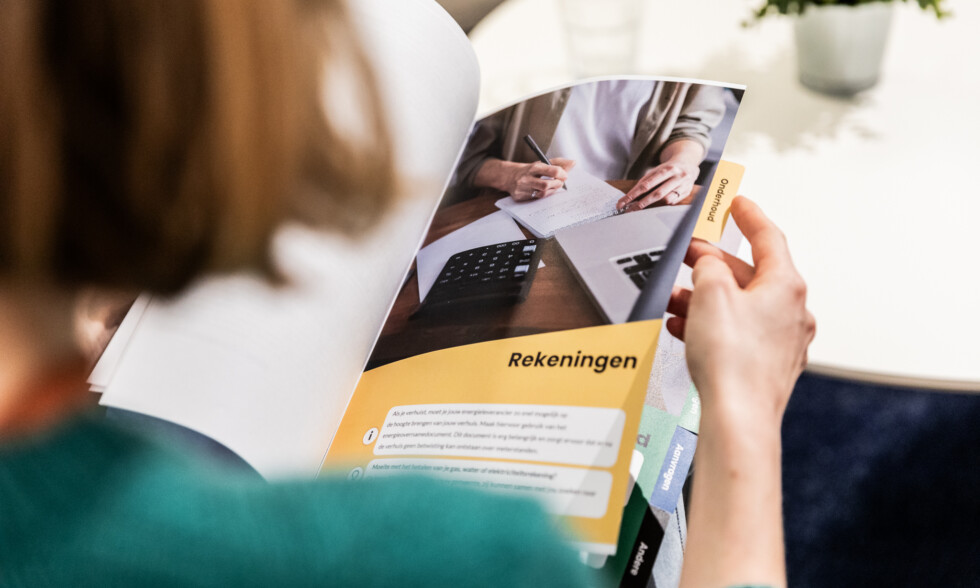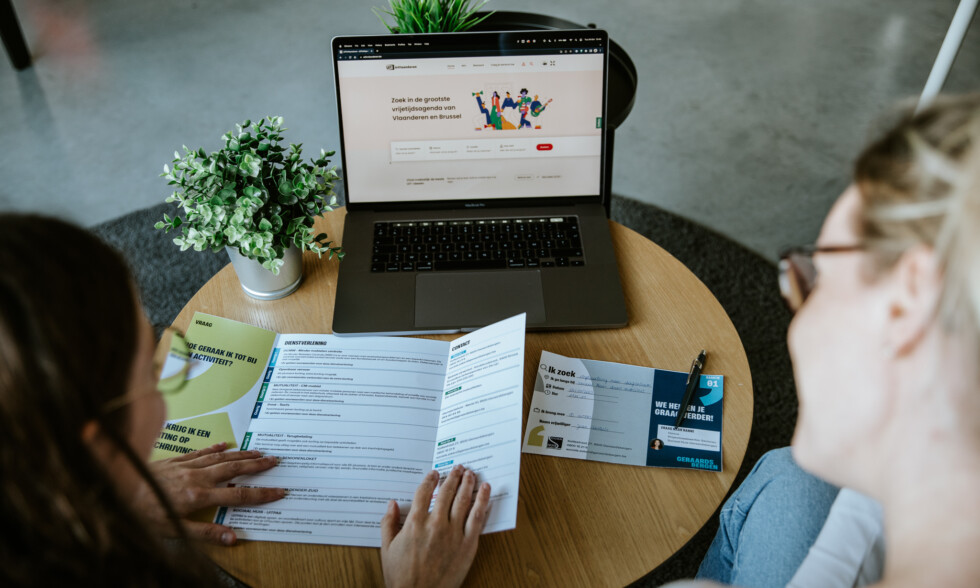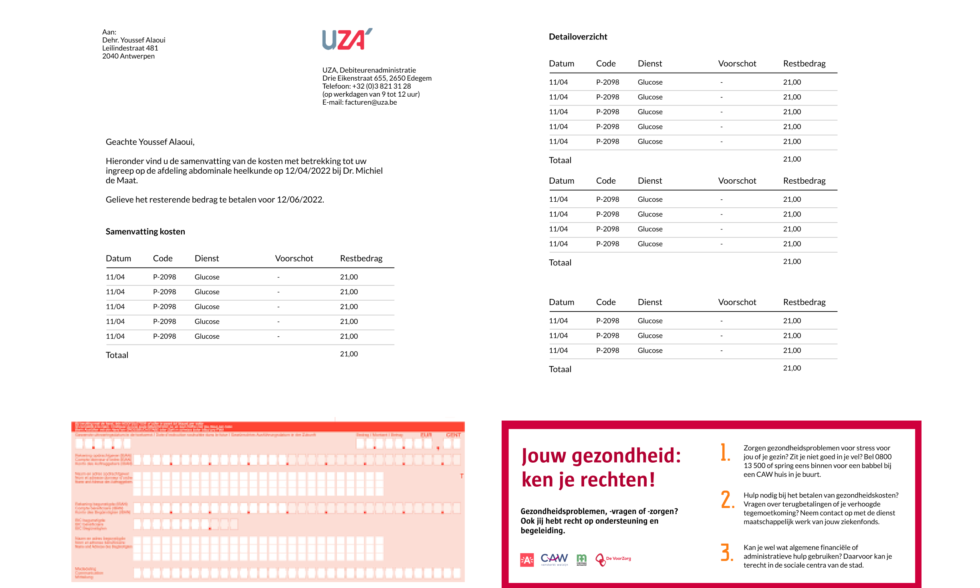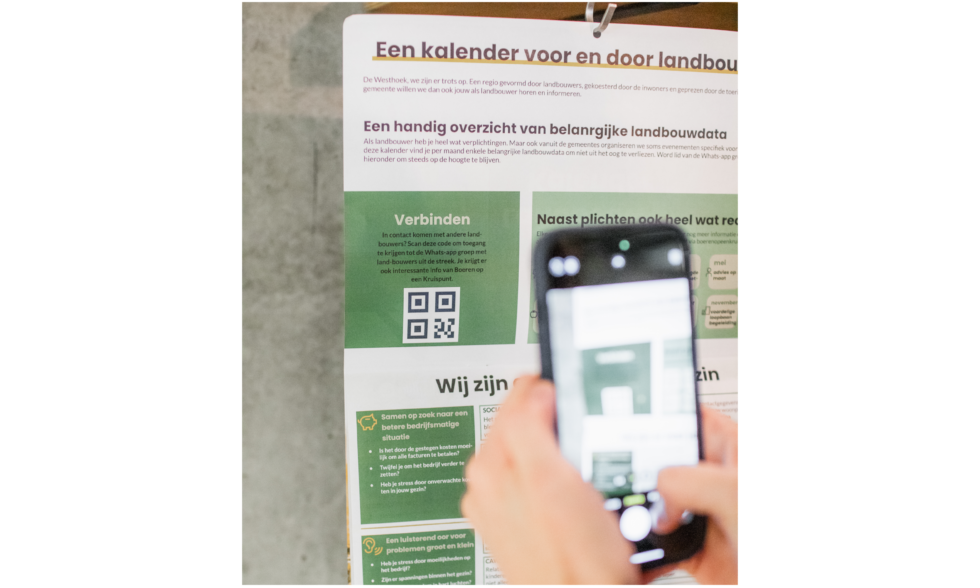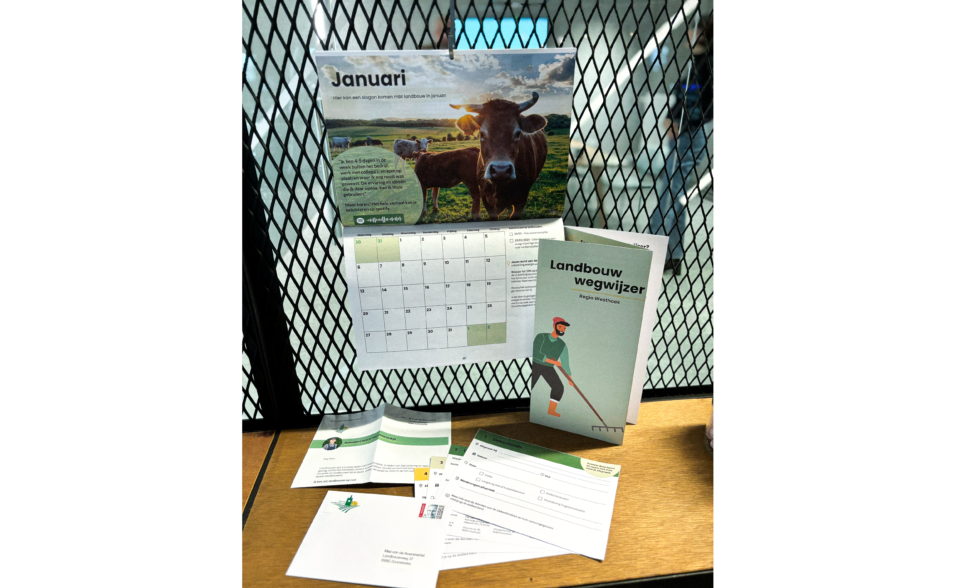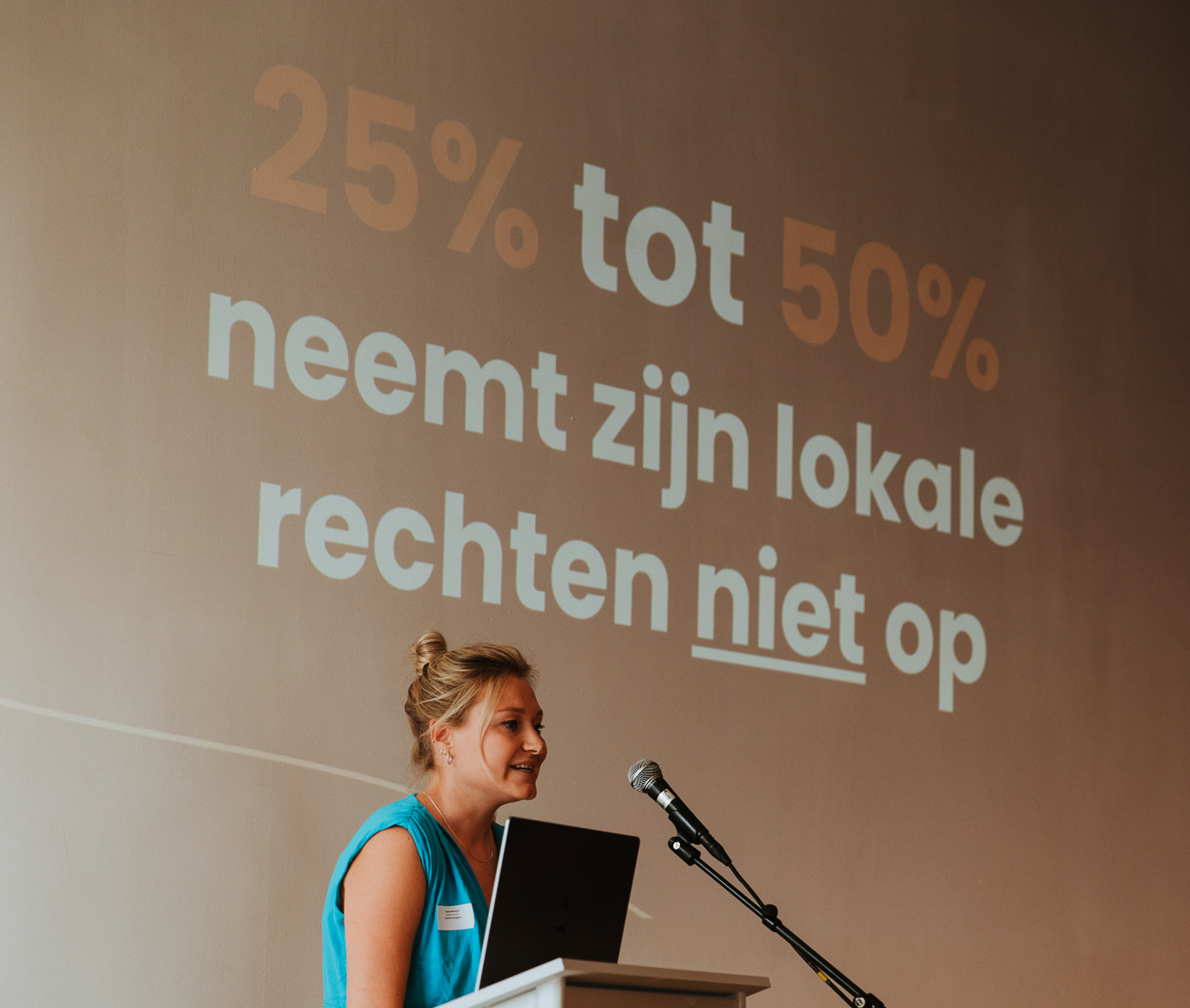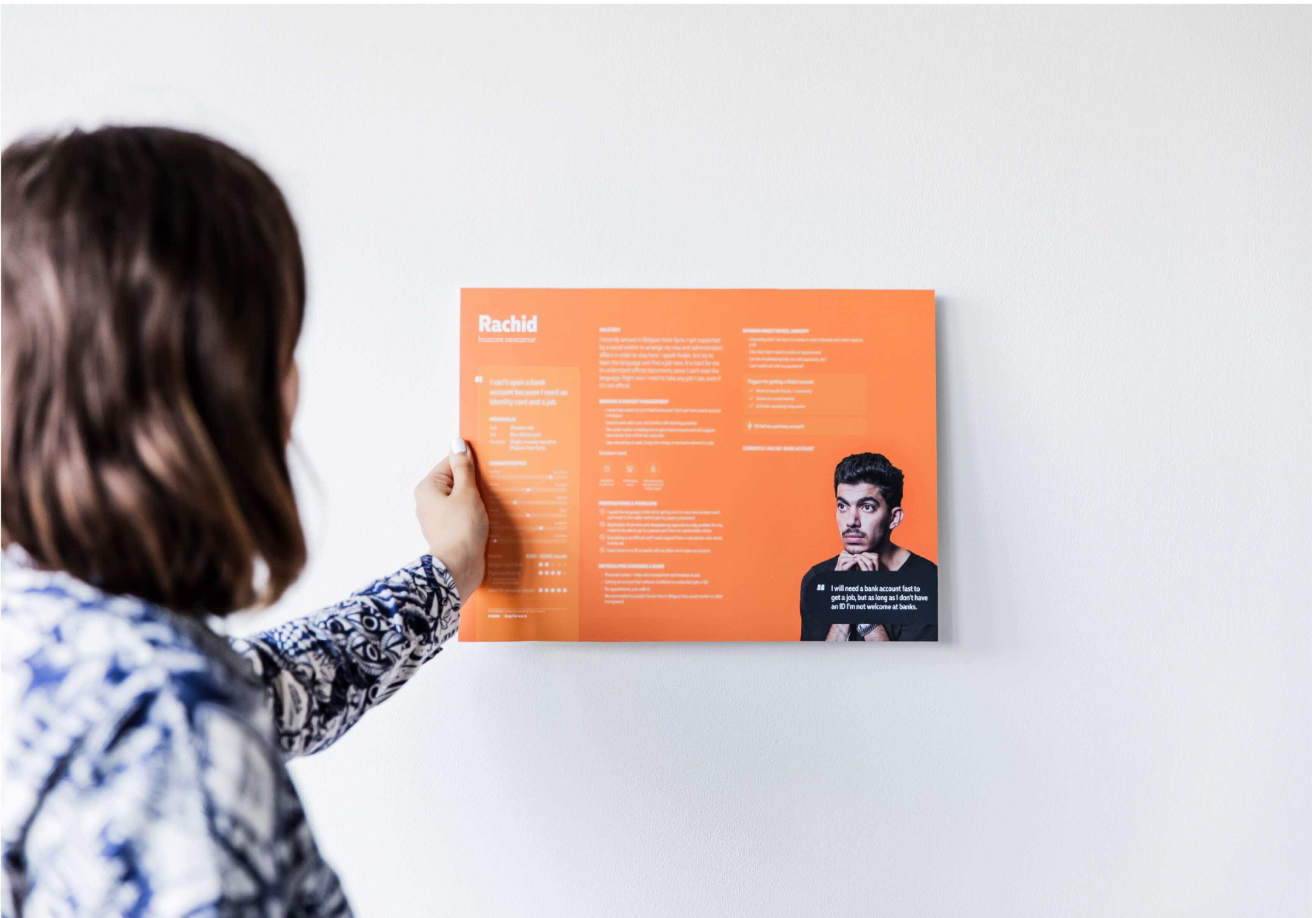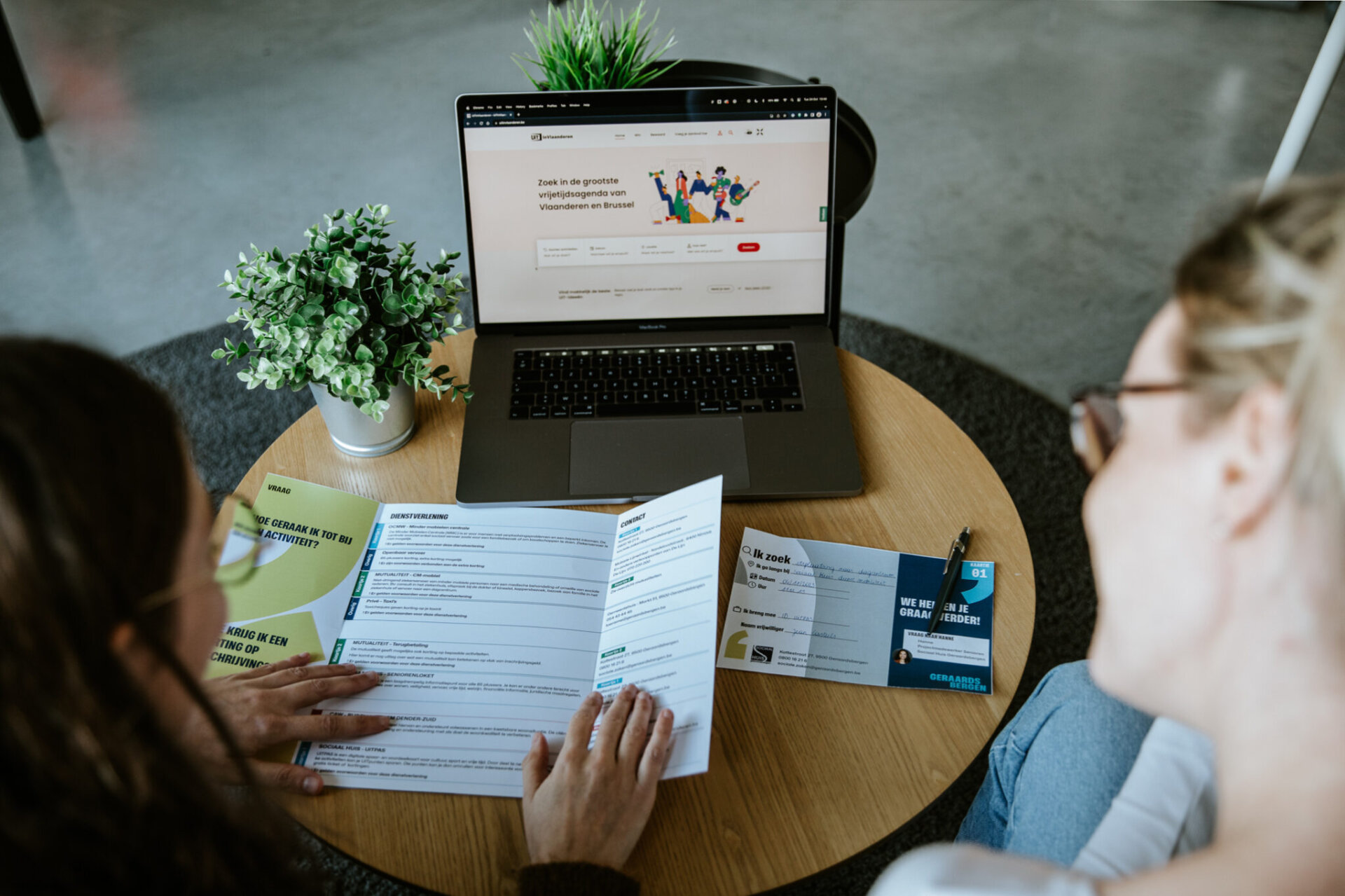
GBO - Integrated Broad Reception
Fostering closer collaboration between social assistance and service providers to support vulnerable residents more effectively.
The client
Integrated Broad Reception (abbreviated as GBO) is a regional collaboration between Public Social Welfare Centers (OCMW's), the CAW (Center for General Welfare), and the Social Work Services of health insurance funds, formed by local authorities.
This close collaboration aims to address underprotection by ensuring that people reach the appropriate assistance without detours.
Knight Moves guided 5 GBO’s in the regions of Antwerp, Leuven-South, Westhoek, Dender-South, and Southeast Hageland to prioritise end-users in their collaboration.
This project was partially funded by the Flemish Government through VVSG.
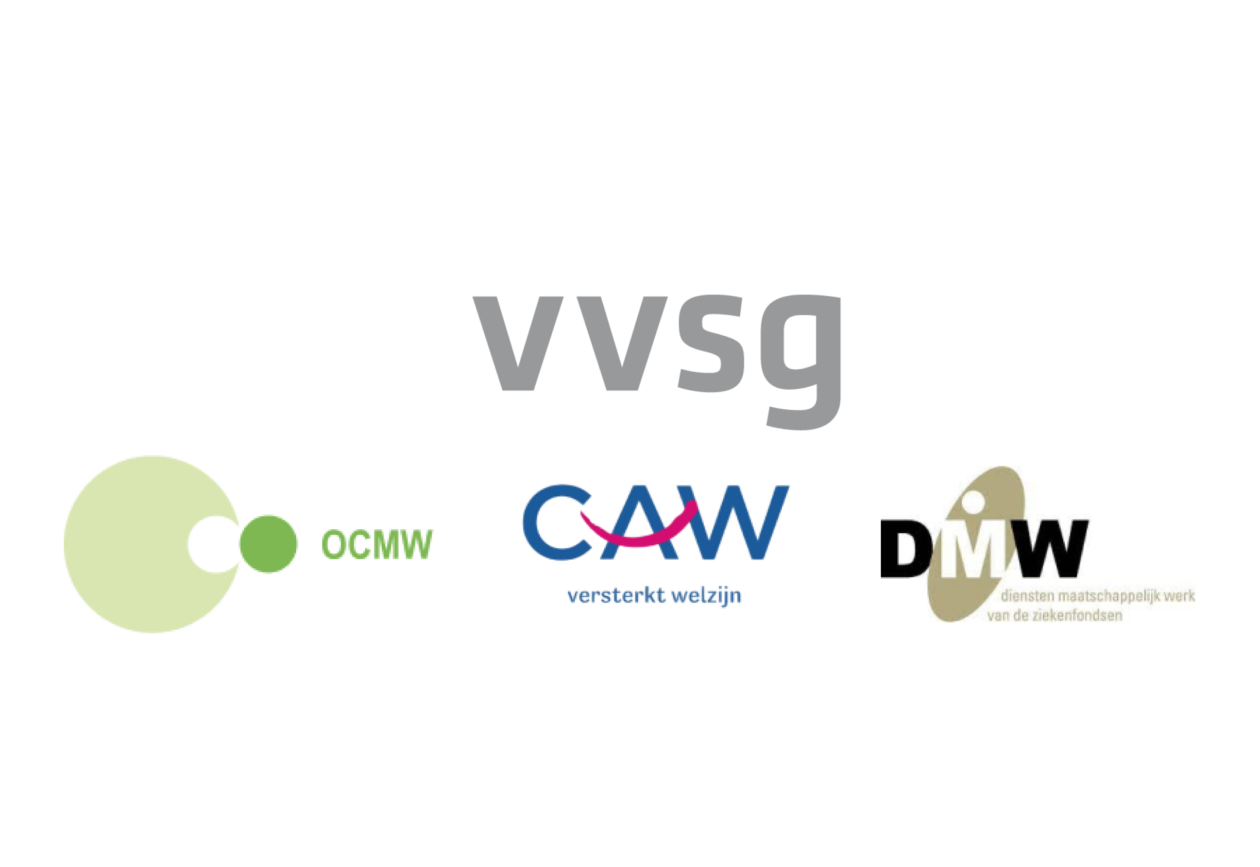
The challenge
A social safety net with large gaps
In Flanders, there is an extensive and diverse range of social assistance and services, but this provision is highly fragmented. This means that people often need to approach several different services, retelling their story each time, going through a lengthy process to eventually get the help they need.
To reduce these gaps in the safety net of social protection, GBO was established, because it shouldn't matter whether you approach the Public Social Welfare Center, Center for General Welfare or the social work service of your health insurance fund to get the assistance you need. This is also known as the 'No Wrong Door' principle.
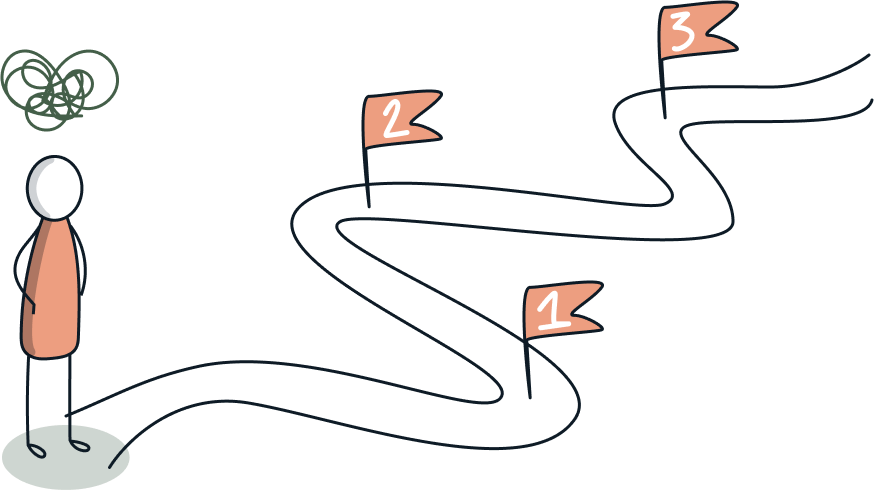
Turning collaboration into concrete actions
Closer collaboration between various partners is an obvious first step in reducing the barrier to assistance for vulnerable individuals.
Less obvious is determining how this collaboration takes shape in practice. Within a clearly defined challenge, we worked with five GBO’s to identify actions that the GBO partners can implement to better tailor their services to the needs of their target groups. The need to translate theoretical knowledge into concrete actions was also evident at Welzijnszorg Kempen, where we worked on reducing non-take-up of social rights.
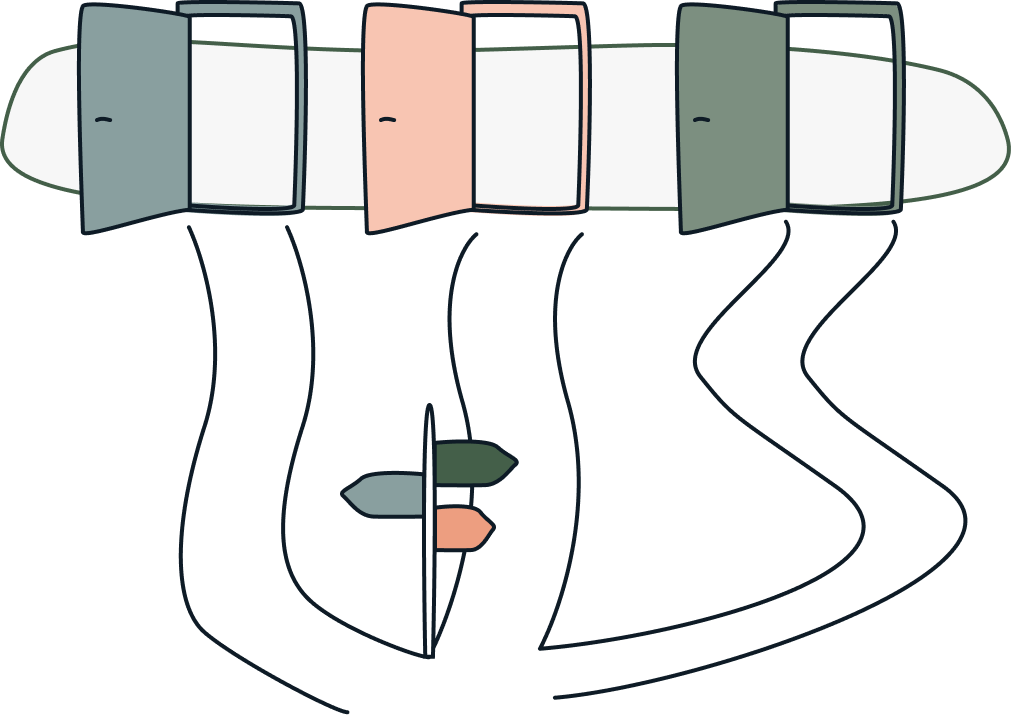
Our approach
Within each trajectory, the GBO partners chose a specific target group to focus on, such as the elderly, farmers, and families with high medical costs, in order to make the project as concrete as possible. The solutions we developed for a specific target group in a particular context could then be expanded or used for other target groups.
We addressed these challenges:
How can GBO proactively prevent evictions while guiding families toward assistance in key moments, such as during health problems?
How can we strengthen the personal network around isolated farmers to facilitate access to assistance?
How can we provide appropriate support to volunteers so that they can refer seniors to GBO partners in a more accessible manner?
How can we better assist people with mental vulnerability who find themselves facing a complex, multi-faceted problem?
How can we ensure that people with high health costs and low income proactively seek assistance to prevent the increase of structural poverty in Antwerp?
We applied service design techniques to discover the most significant needs of the end-users and to transform challenges into concrete actions, with the focus on the added value for vulnerable target groups and GBO staff.
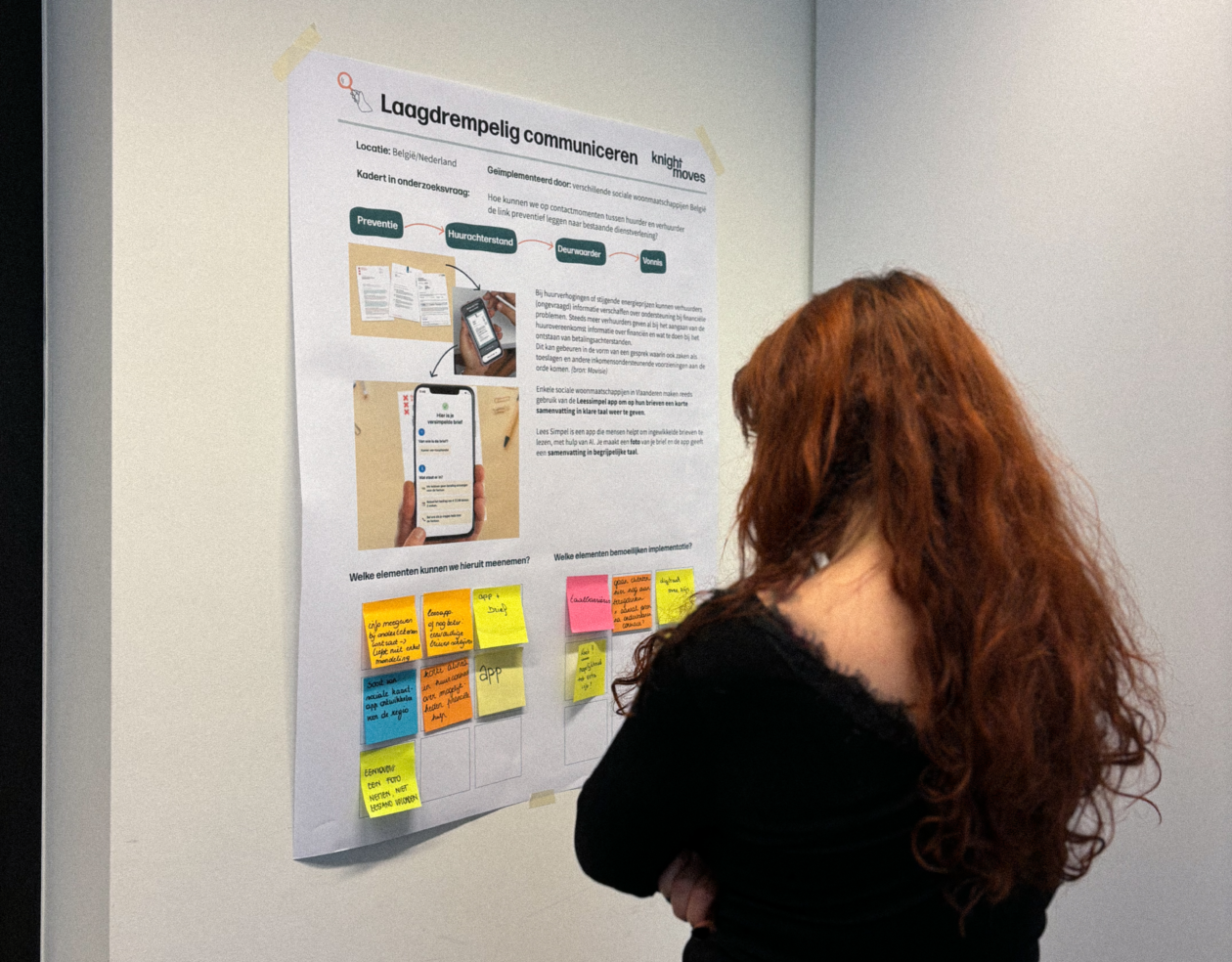
Examining the needs of the target group
In addition to understanding the needs of the service providers, we also investigated the needs of the target groups. Through close collaboration with civil society organisations, we were able to get in contact with the relevant people such as those in precarious housing situations. We coordinated each time with the responsible parties per target group on how to conduct our conversations.
Due to the sensitive topics addressed during these discussions, such as loneliness and mental health problems, we paid extra attention to creating a safe space for the participants. After obtaining a participant's consent, we visited them in a setting that was familiar to them to have a conversation about the theme. We learned about how they seek contact with service providers and observed the size of their personal network through small details in their personal environment.
We enriched our insights through additional conversations with professionals such as psychologists and NGO workers.
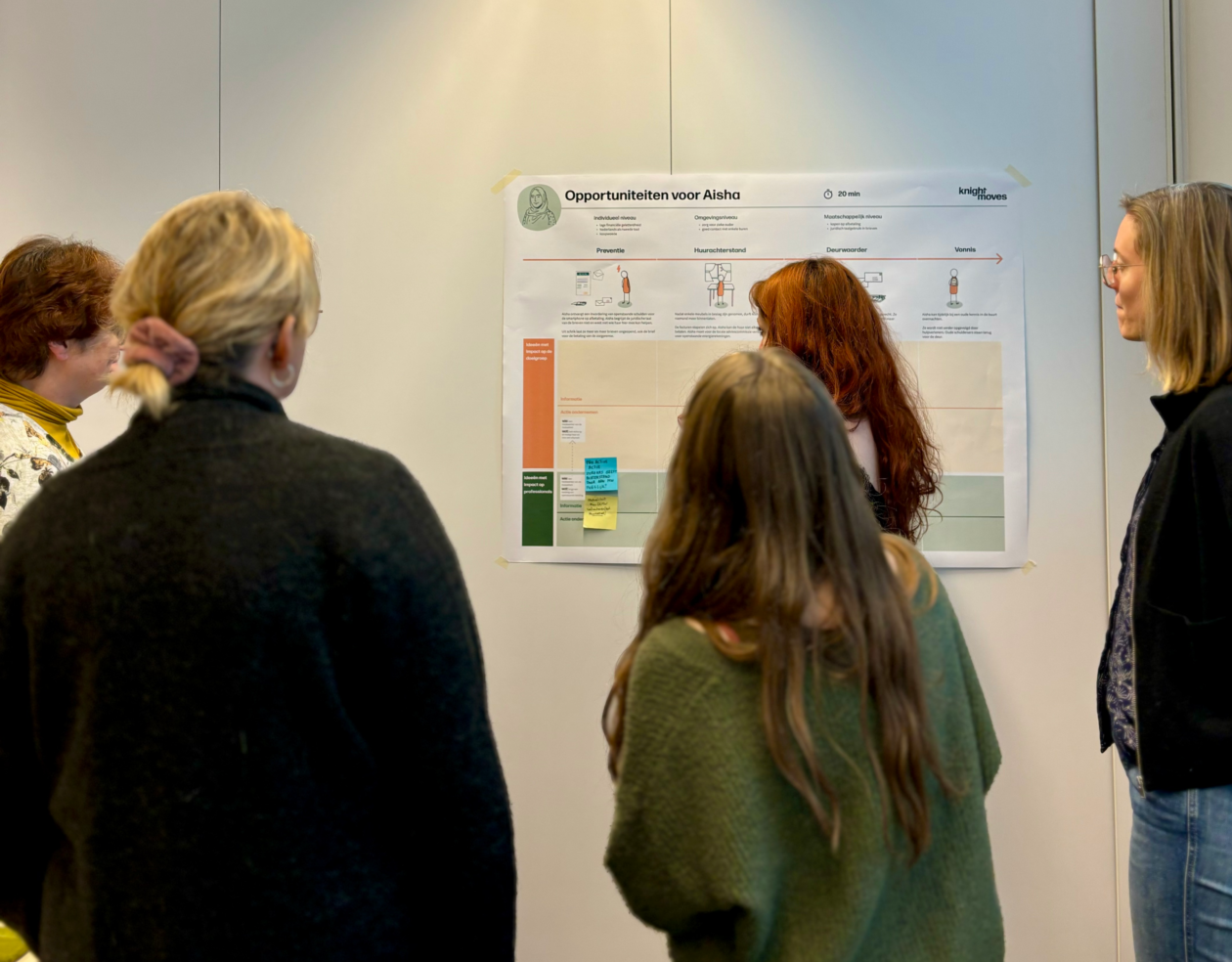
Co-creation of feasible solutions
Using inspiring examples from other regions or countries, we encouraged GBO partners to think further about opportunities for their target groups. We always kept in mind the collaboration between GBO staff so that concepts could be developed and implemented efficiently in short and medium term time frames.
Testing the solution with vulnerable citizens at an early stage
We brought the ideas from co-creation back to the end-users - in this case, vulnerable residents and GBO staff. This allowed us to validate the ideas for implementation and make any necessary adjustments in the process.

The result
The different trajectories yielded a range of tested solutions:
To inform individuals with health problems preventively about the financial and psychosocial assistance offered by GBO partners, we added information about health rights to hospital bills.
To introduce farmers to GBO services and some accessible benefits and rights, we developed an agricultural calendar containing both agricultural facts, dates, and stories as well as a reference to their rights and existing GBO services.
To support volunteers working with seniors in making referrals when there is a request for assistance, we developed a Senior Navigator, which succinctly and comprehensively presents relevant GBO services.
To prevent evictions and proactively inform tenants about existing assistance, we designed a rental folder in which administration can be structured and which refers to existing services and online forms where they can ask questions or make reports.
Local GBO’s can now work on implementing these validated concepts tailored to their specific context in practice. We not only presented the concepts but also worked out the next steps towards implementation to make the transition to execution as smooth as possible.
Carrousel
Added value of service design for GBO’s
This trajectory was not only a user study but also a networking opportunity for the various partners. For many of them, this project was the first time they worked together toward a concrete goal and got to know each other's operations and initiatives better.
With Knight Moves as an independent partner, we brought a fresh perspective to their current services. With our experience in societal challenges, we were able to shape innovative concepts and incorporate theoretical frameworks from previous research into the various trajectories.
You should definitely remember this
- Make time for a conversation with end users (and additionally expert professionals) and create a safe space
- Focus on short-term solutions so that it becomes concrete and tangible
- Experiment, test and fine-tune the solution
